I've multiple clients which they have an API, my micro service send them a post request with a JWT token. I was thinking of using IdentityServer4 to generate my JWT token (RSA256) and have one configuration per client. Each client, can validate the token thanks to JWKS_URI.
It is a good approach to do this ?
EDIT Update Diagram : I separed layers, separating the sender from the receivers.
EDIT Update Diagram : I update my diagram who would be more explicit :
Thanks for yours comments


